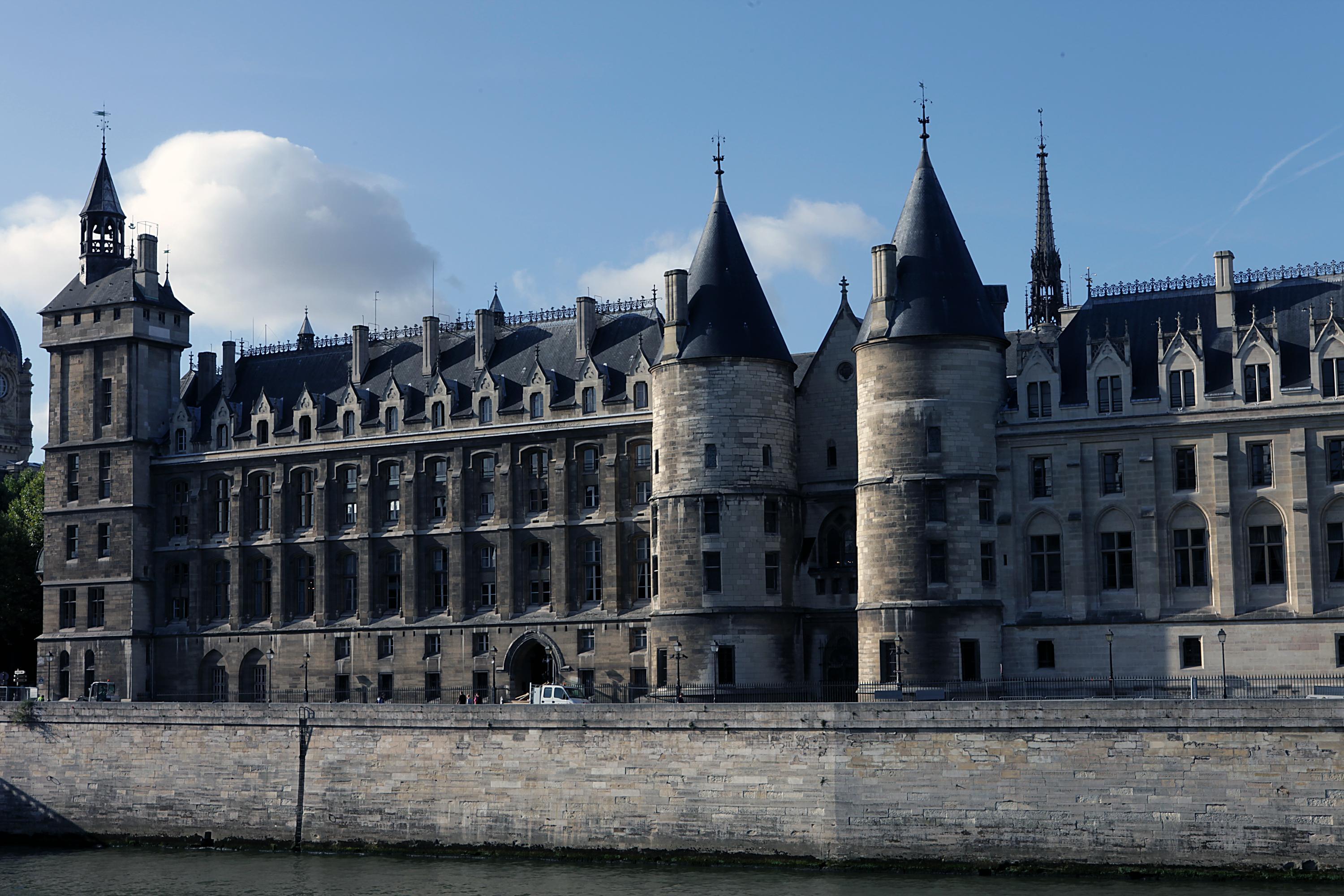Despite looking like a turreted, fairy-tale castle, the Conciergerie is in fact a relic of the darker side of the Revolution, where some of its most famous participants spent their final days before making their way to the guillotine. Danton, Desmoulins, Saint-Just, and Charlotte Corday passed through these doors, but perhaps its most famous guest was Marie Antoinette, who spent her time here in a dismal cell, reading and praying while she awaited her fate. After doing away with the monarchy, the Revolution began to eat itself alive; during the particularly bloody period known as the Terror, murderous infighting between the various revolutionary factions engendered panic and paranoia that led to tens of thousands of people throughout the country being arrested and executed. Twenty-two of the leaders of one of the leading factions, the Girondins, were condemned to death; legend has it that on the eve of their execution they drank and sang until dawn in their cell (now called the Chapelle des Girondins). Eventually Robespierre, the main force behind the Terror and an ardent advocate for Marie Antoinette’s execution, found himself in the cell next door to the one she stayed in.
Though it’s been a prison since the 15th century, the building itself is actually what remains of a 14th-century royal palace built by Philippe le Bel. Even before the Revolution, the Conciergerie was notorious: Henry IV’s murderer, Ravaillac, was imprisoned here before an angry crowd tore him apart alive. The enormous Salle des Gens d’Arms, with its 8.4m-high (28-ft.) vaulted ceiling, is an impressive reminder of the building’s palatial past. As for the prison itself, though the cells have been outfitted with displays and re-creations of daily life (including wax figures), it’s a far cry from the dank hell it once was. Fresh paint and lighting make it a little difficult to imagine what it was like in the bad old days, but a few areas stand out, like the Cours des Femmes (the women’s courtyard), which virtually hasn’t changed since the days when female prisoners did their washing in the fountain. Marie Antoinette’s cell was converted into a memorial chapel during the Restoration; a re-creation of her cell, containing some original objects, is on display. Other worthwhile historical exhibits include a list of the names of all those guillotined during the Revolution, 2,780 in Paris alone. The Conciergerie can be visited in conjunction with the Sainte-Chapelle, which lies along the same road (joint tickets 17€ adults, free for children 17 and under, also free ages 18–25 from E.U. countries).






 About our rating system
About our rating system


